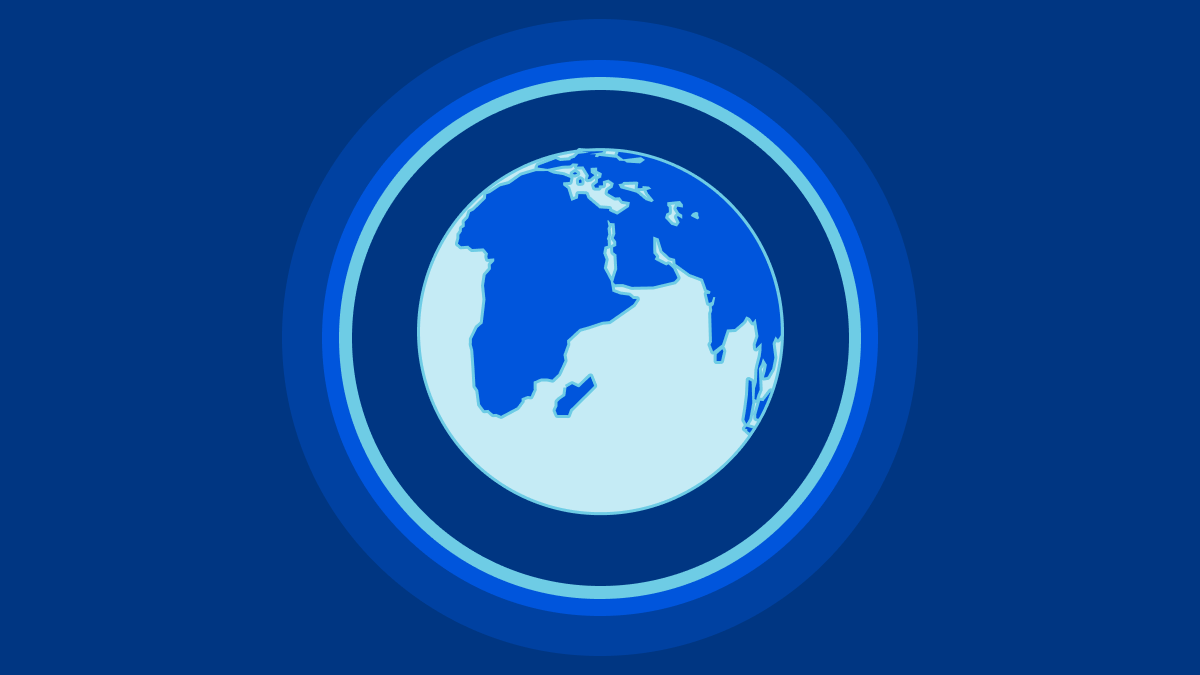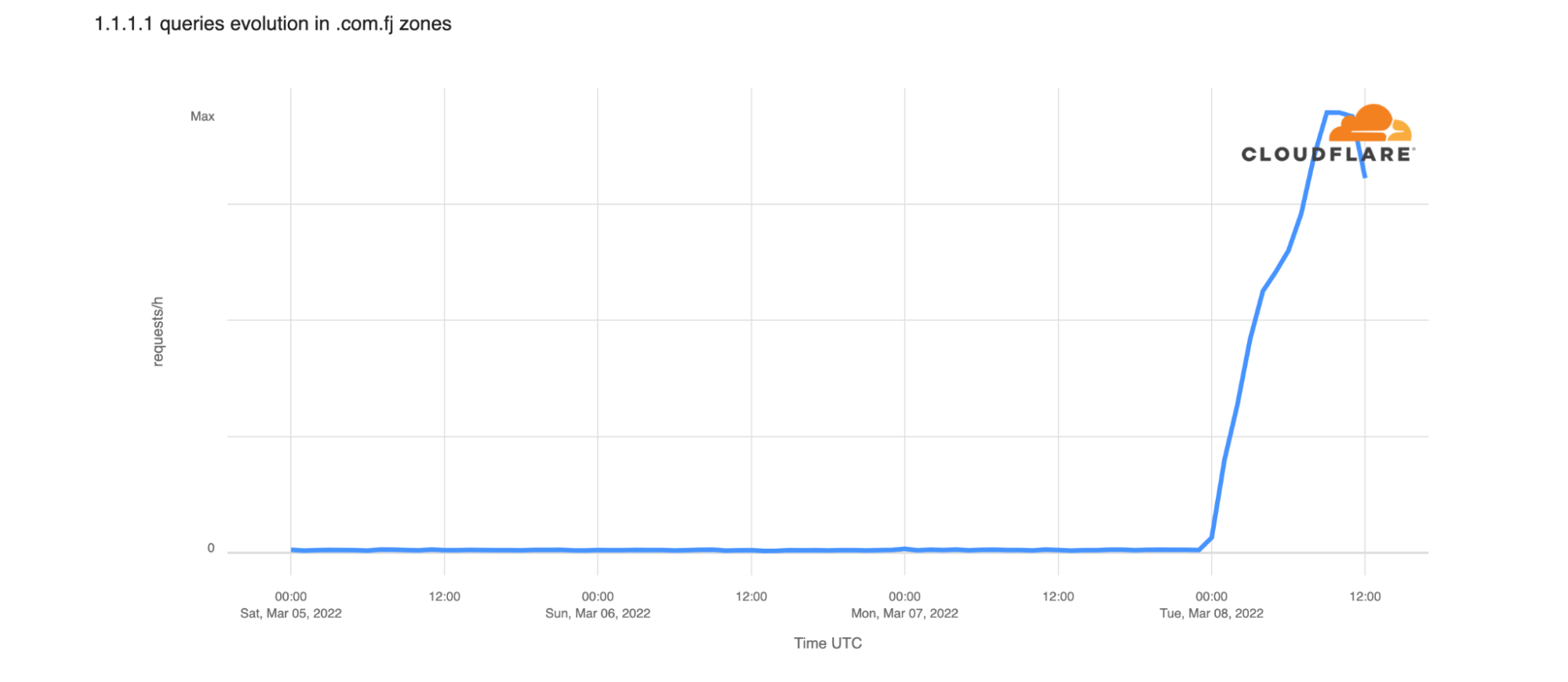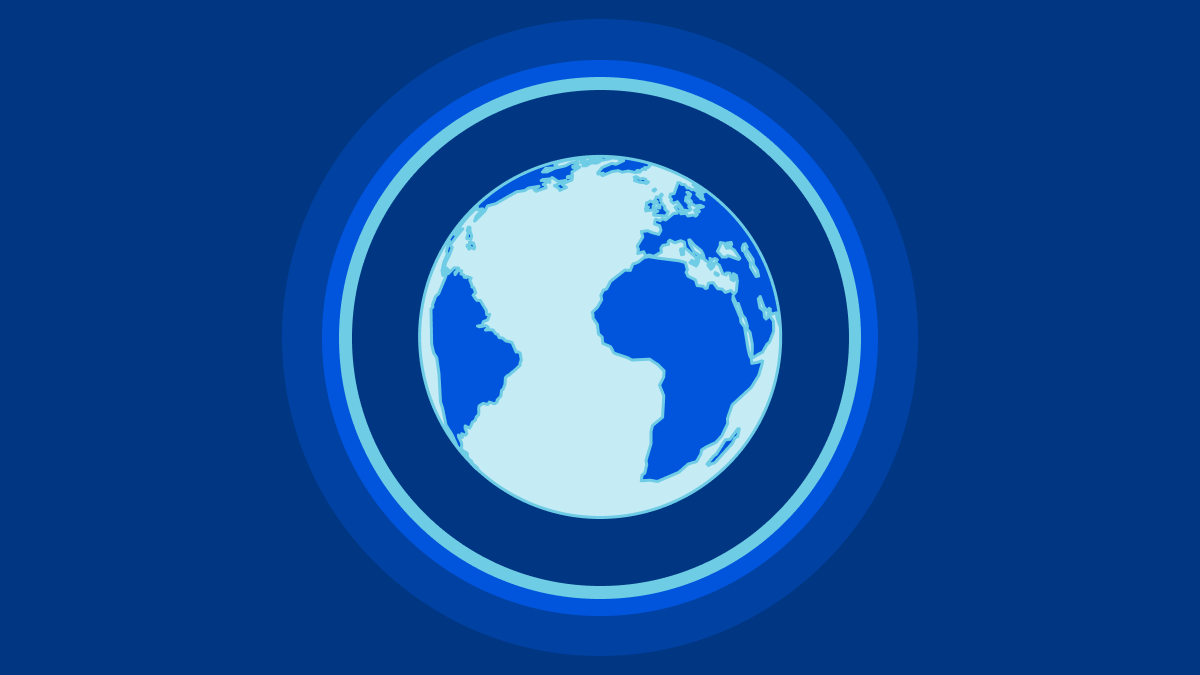In June, we launched the Internet Intelligence microsite, including the new Internet Intelligence Map. In July, we published the inaugural “Last Month in Internet Intelligence” overview, covering Internet disruptions observed during the prior month. The first summary included insights into exam-related outages and problems caused by fiber cuts. In this month’s summary, covering July, we saw power outages and fiber cuts, as well as exam-related and government-directed shutdowns, disrupt Internet connectivity. In addition, we observed Internet disruptions in several countries where we were unable to ascertain a definitive cause.
Power Outages
It is no surprise that power outages can wreak havoc on Internet connectivity – not every data center or router is connected to backup power, and last mile access often becomes impossible as well.
At approximately 20:00 GMT on July 2, the Internet Intelligence Map Country Statistics view showed a decline in the traceroute completion ratio and DNS query rate for Azerbaijan, related to a widespread blackout. These metrics gradually recovered over the next day. Published reports (Reuters, Washington Post) noted that the blackout was due to an explosion at a hydropower station, following an overload of the electrical system due to increased use Continue reading

































